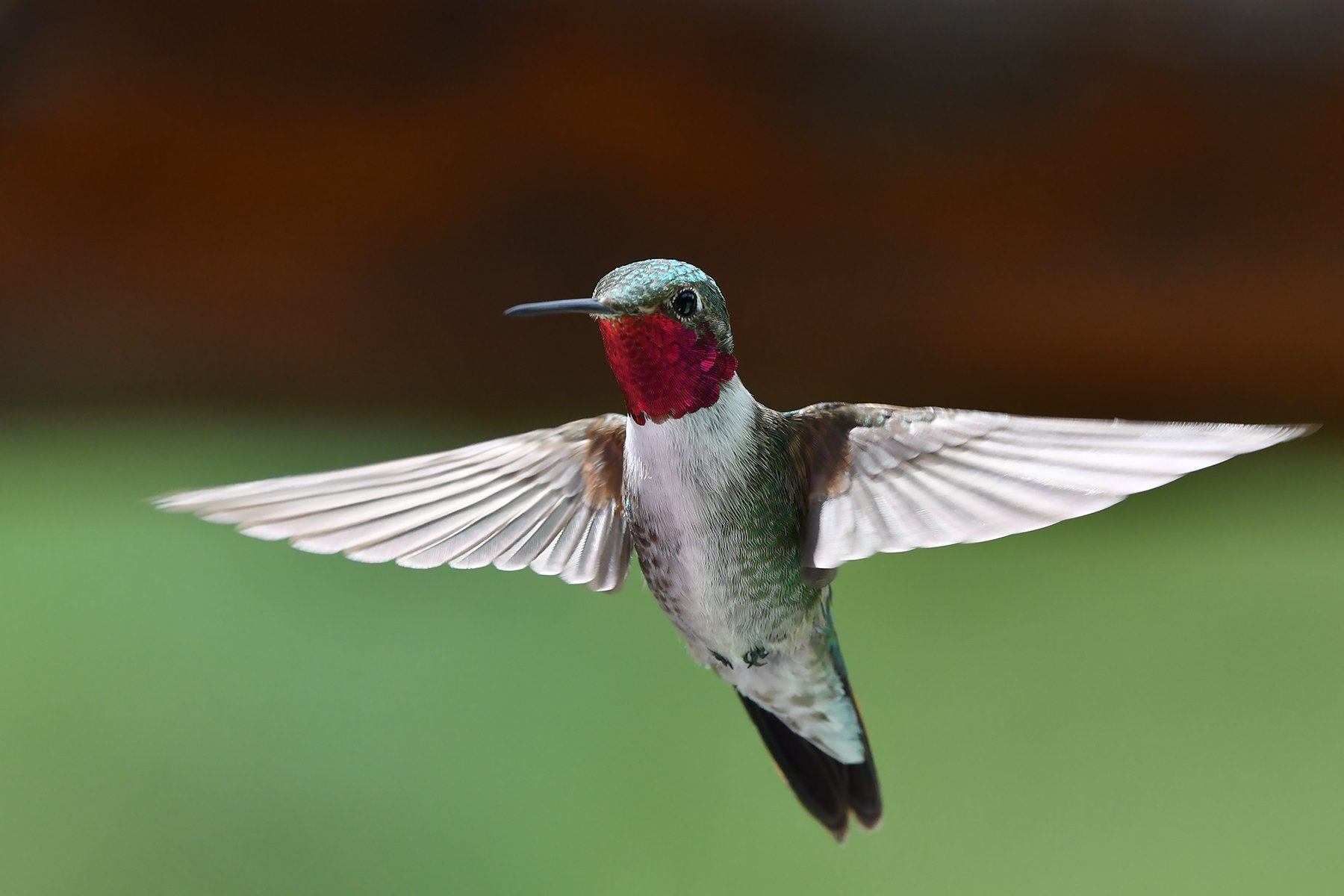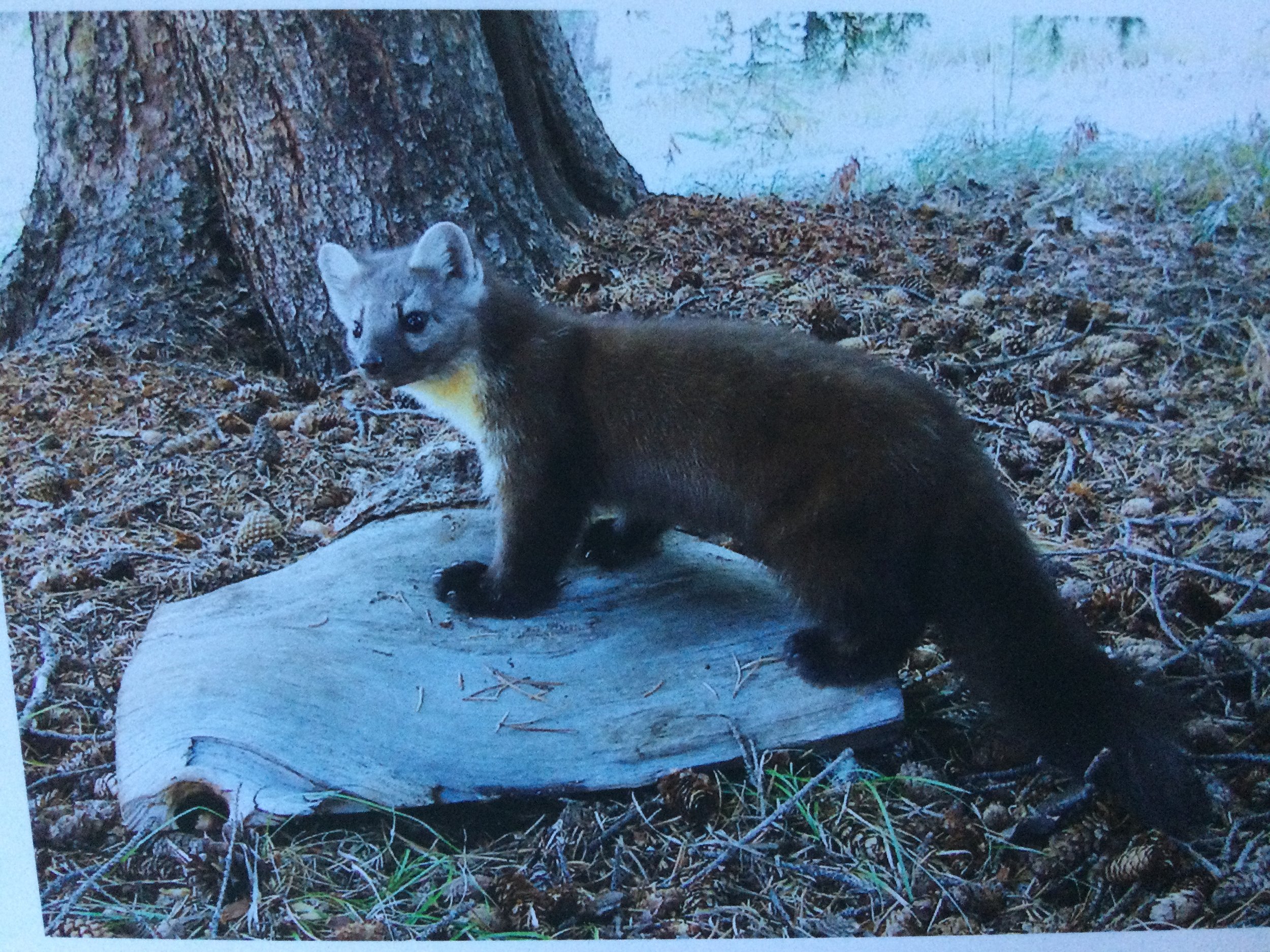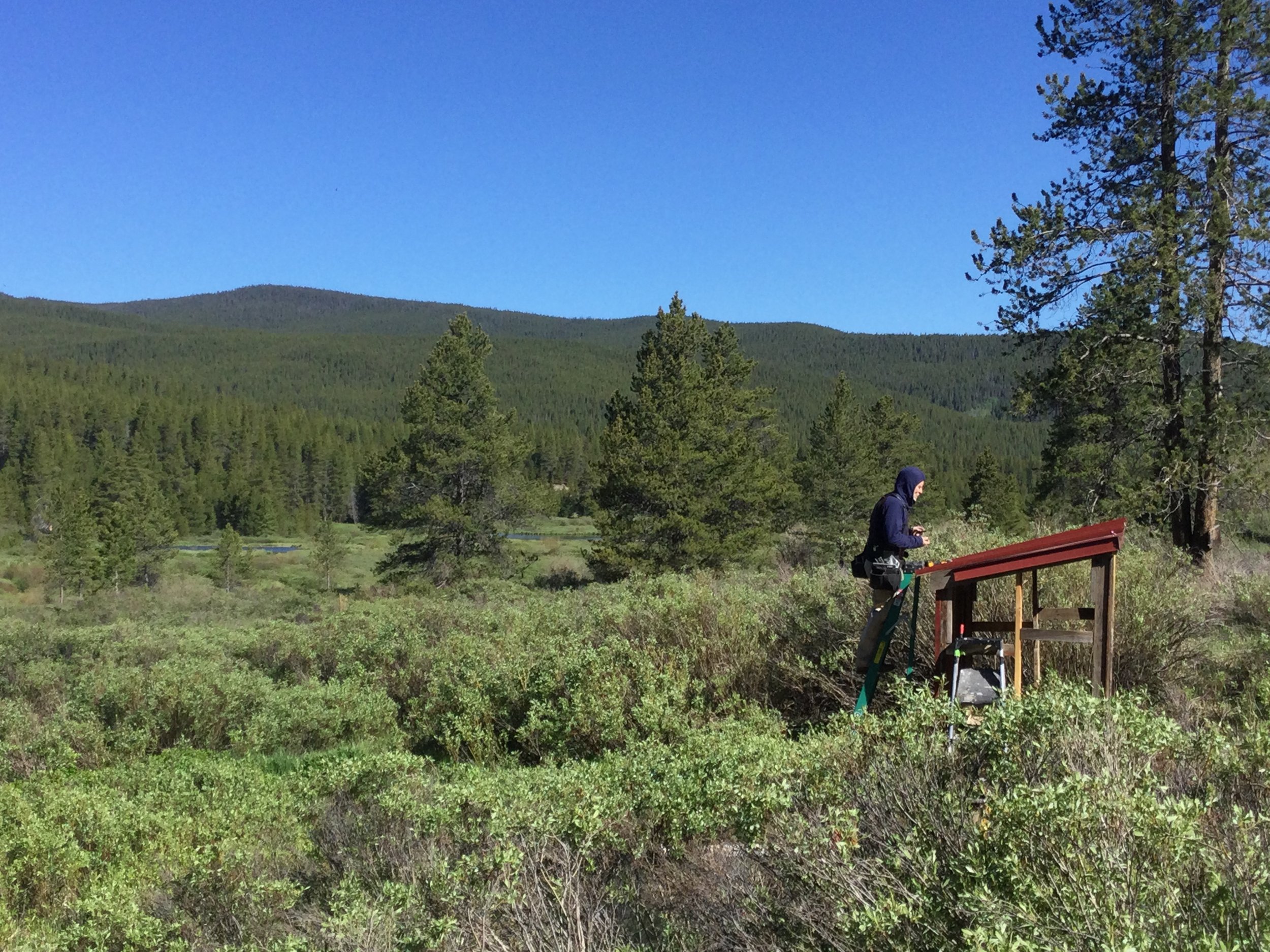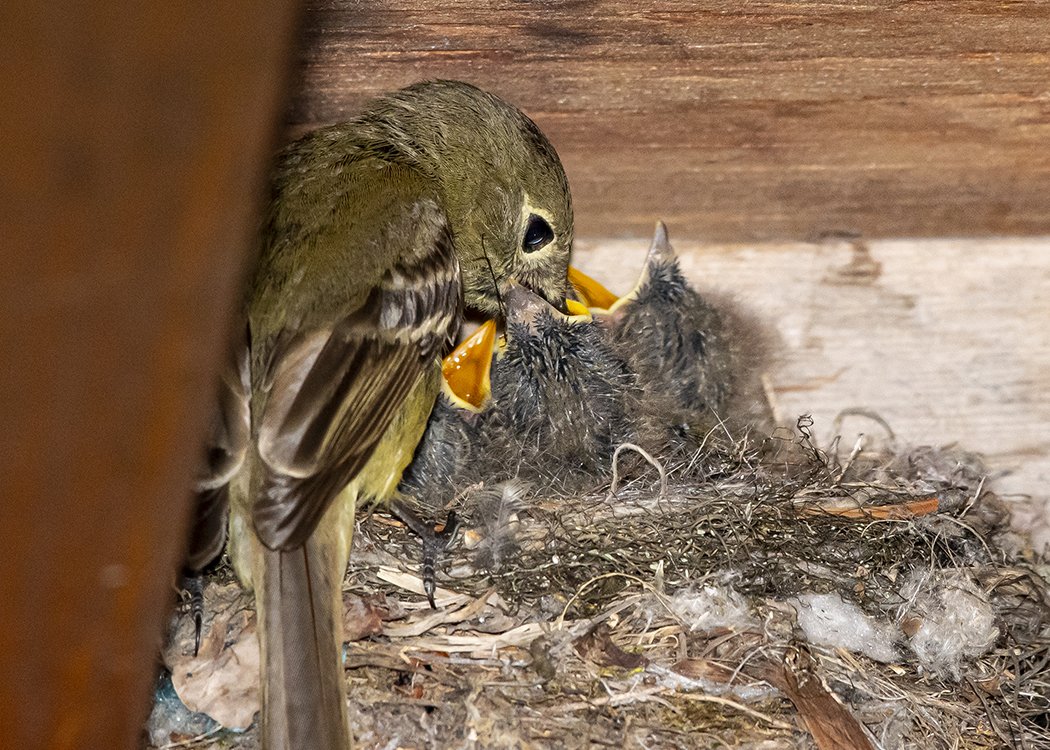Creating a Sanctuary for Wildlife and Their Habitat
Landowner: Marjorie Westermann
Partner land trust: Eagle Valley Land Trust
Location: Tennessee Pass, between Red Cliff and Leadville
Topics: Climate change, forest management, water, wetlands, wildlife
Colorado has countless properties and homes with stunning views and abundant access to the backcountry. An increasing number of them offer those things with renewable and solar energy options as well. But there are very few that check both of those boxes and provide pieces of history alongside prolific wildlife. Marjorie Westermann is proud to call one of these places home.
Marjorie’s property is nestled between Red Cliff and Leadville on Tennessee Pass in central Colorado. She can see Ski Cooper from her door. Her home is fully off the grid with solar panels and a water well and is nestled among the remnants of historic Taylor City, which was abandoned in 1911.
On a recent hike with friends, Marjorie identified more than 61 wildflower species in just three hours. Bountiful treasures like these compelled Marjorie to secure a conservation easement to protect them. As climate change and development increasingly threaten this delicate ecosystem, Marjorie is doing everything she can to prevent their destruction.
Taylor Creek runs through the south side, and a large meadow has grown where Taylor City was once home to 200 people and featured a saloon and a school.
Beauty from the outset
When Marjorie first moved to Colorado in 1971, she found Colorado’s scenery breathtaking, and in 1978 settled in the area she now calls home. At that time, climate change and solar panels weren’t on many people’s radars. But after two decades of living in Colorado’s high country, Marjorie became well aware of the impacts development and a booming population could have on the environment.
In 2001 Marjorie partnered with Eagle Valley Land Trust to write a conservation easement. It offered Marjorie a way to protect her 67-acre property forever.
Marjorie’s property is a mix of wetlands and forests. Taylor Creek runs through the south side, and a large meadow has grown where Taylor City was once home to 200 people and featured a saloon and a school. When Marjorie first moved to the property, she scavenged her first plate and fork from the old Taylor City dump site.
She walks the property frequently to keep an eye on things, including signs of the abundant wildlife like beavers, coyotes, moose, fox, deer, elk and mountain lions. Since conserving the property, Marjorie has worked with groups such as Wildlife 2000 to foster healthy ecosystems for the variety of animals that call the area home, including projects to bring more beavers back to the wetlands. When she put the property under easement, 80 percent of the wetlands were thriving, but about five years later they started drying up. The reintroduction of the beavers restored the wetlands.
“Now, we have a healthy population of beavers. Half of the wetland is moist, the ponds are thriving. Because beavers build natural fire breaks and create patches of wetland that restore groundwater, they can make landscapes more resistant to fire and drought. In the early evenings or mornings, we can hear the beaver tail. It’s a thrill of mine,” she said.
Marjorie’s property is also known in the birding community as a hotspot for birds, including a variety of finches and hummingbirds. A few years ago, Marjorie hosted a group of Canadian birders who explored the land identifying bird types and populations. Increasingly, warmer temperatures and changing climate conditions have reduced bird populations in the area, so Marjorie does everything she can to create a sanctuary for them, including offering bird feed and keeping it pitch black at night.
A constant focus on resources
Marjorie’s conservation easement requires her to maintain a healthy forest which, in increasingly hot and dry Colorado, requires extensive fire mitigation work. It’s work she does primarily alone, with some help from friends and neighbors. She’s also hired talented arborists to tackle some of the bigger projects and helps support her local community members by offering to let them remove the wood produced from these efforts.
“We have saddened mother earth down to the core.
I’m just doing my little bit to save what I can.”
Since Marjorie’s retirement four years ago, the property has taken a lot of work. Her efforts include chipping trees that have been killed by beetles and cutting for firewood. But with increasing threats of wildfire, Marjorie says, “I want to make sure I’ve done my part to protect the neighborhood if a fire comes.”
Beyond her work to manage the forests and wetlands, Marjorie is also vigilant about how she uses other resources. She uses solar power, and while the property has a well, she focuses on conserving water as much as possible.
Marjorie sees her extensive work as necessary to combat human contributions to the changing climate. “We have saddened mother earth down to the core. I’m just doing my little bit to save what I can,” she said. And while she’s enjoyed the tax credits from donating her land to conservation efforts, she’s more focused on doing the work because it's the right thing to do. Marjorie is a vocal advocate for landowners pursuing conservation easements as a way to protect the land. The prolific wildlife and abundant beauty of her property are a testament that it can work.
PHOTOS: STEVE SUNDAY





Produced in partnership:















